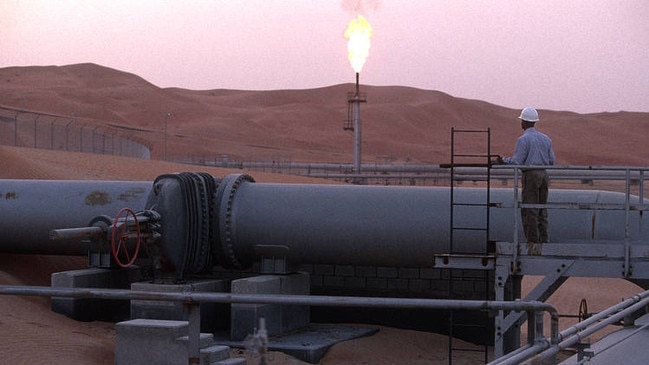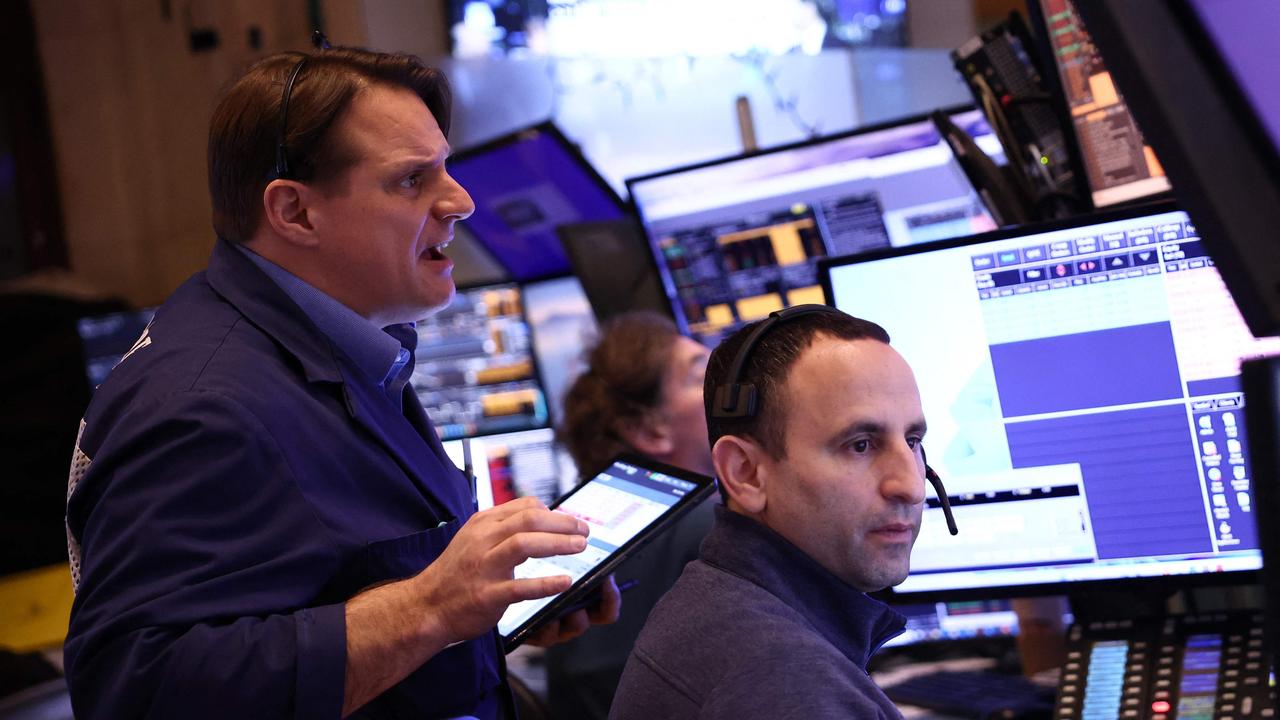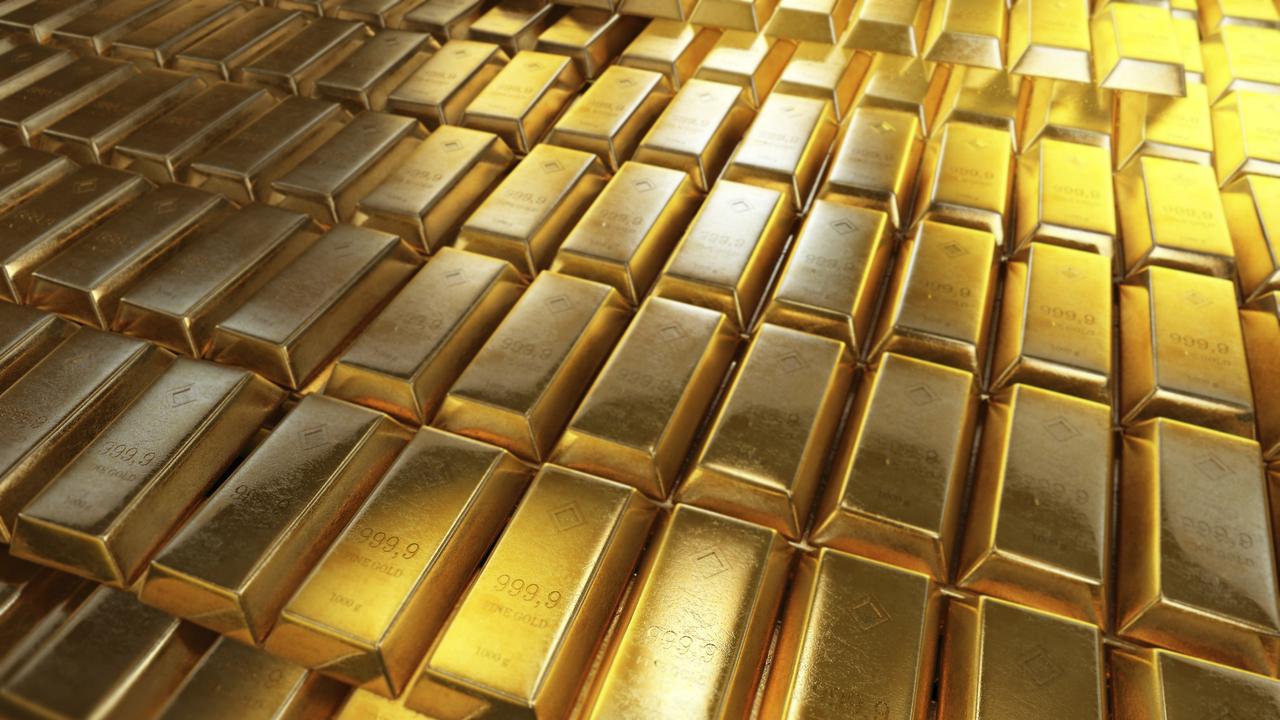Saudi Arabia surprises with third-party oil reserves assesment
Saudi Arabia has released its first third-party tally of its oil reserves since it nationalised its energy industry roughly 40 years ago.

Saudi Arabia said that an independent audit revealed a slight increase in its oil reserves - the kingdom’s first publicised third-party tally of closely guarded field data since it nationalised its energy industry roughly 40 years ago.
The review, conducted by Dallas-based DeGolyer & MacNaughton Corp., comes amid long-term plans by the kingdom to list up to5 per cent of its state oil giant Saudi Aramco, an initial public offering that is the cornerstone of Saudi efforts to be less reliant on oil.
Saudi Arabia’s total proven oil reserves, the largest in the world, stood at around 268.5 billion barrels of oil at the end of 2017, adjusted upward from the 266.3 billion-barrel figure the government published previously, the Saudi Energy Ministry said in a statement.
“This certification underscores why every barrel we produce is the most profitable in the world, and why we believe Saudi Aramco is the world’s most valuable company and indeed the world’s most important,” Saudi Energy Minister Khalid al-Falih said in a statement.
Saudi Arabia’s gas reserves were also revised upward to 325.1 trillion standard cubic feet from 307.9 trillion. Excluding the neutral zone shared between Saudi Arabia and Kuwait, Saudi reserves total 263.1 billion barrels.
The kingdom’s actual oil and gas holdings are even larger than the new figures suggest. The numbers cover proven reserves and don’t include those that are probable, Mr al-Falih told a news conference in Riyadh.
The session with reporters included several restatements and revisions of the new figures. The official Saudi news agency ultimately corrected its initial announcements.
Saudi oil and gas reserve figures have remained unchanged since the 1980s, despite the kingdom pumping over 3 billion barrels a year without announcing new discoveries. The numbers have fueled scepticism about the actual size of the kingdom’s reserves as the country embarks on a national plan to become less dependent on oil over the next few decades.
The new revised figures, however, are close to the BP’s “Statistical Review of World Energy,” which pegged the reserves at 266.2 billion barrels at the end of 2017.
Preparations for the public listing of Saudi Aramco, a centrepiece of the government’s plan to open its economy, have stalled since last year, leaving government officials and people close to the process doubting that it will go forward.
Mr al-Falih, however, said that the kingdom is still committed to the IPO, which is expected to take place in 2021.
Saudi Aramco also plans to issue bonds, or “sukuk”, in the second quarter of this year and the company’s financials would be published as part of that process, Mr al-Falih said.
The energy minister said the bond issuance isn’t necessarily linked to the potential deal to buy a 70 per cent stake in the kingdom’s national petrochemical firm, Sabic.
The Wall Street Journal reported in November that Saudi Aramco no longer plans to launch what would have been one of the world’s largest-ever corporate-bond sales to fund a roughly $US70 billion stake in the kingdom’s national petrochemical firm, looking instead to options requiring less public disclosure, people familiar with the matter said.
Saudi Arabia also plans to slash its crude exports to 7.2 million barrels a day in January and 7.1 million barrels a day in February in a bid to balance the market.
“This is not, as some have reported in recent days, in any way targeting a specific price,” Mr al-Falih said.
“We are serious about restoring balance to the market,” he said “We are concerned about volatility in the oil market. We haveseen peaks and drops in prices [that are] completely unjustified by the fundamentals.”
The Wall Street Journal reported Monday that the kingdom is planning to cut crude exports to around 7.1 million barrels a day by the end of January in hopes of liftingoil prices above $US80 a barrel, according to OPEC officials.
The new strategy comes as the kingdom seeks to cover a large government spending boost. It said in December it planned toincrease its expenditures by 7 per cent in 2019 - the equivalent of about $US20 billion - as the country struggles to fund ambitious plans to diversify its economy beyond petroleum products.
Mr al-Falih added that the kingdom plans to develop nuclear energy, and the US was a key provider of nuclear technology.
Dow Jones Newswires


